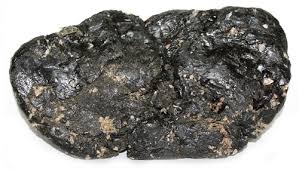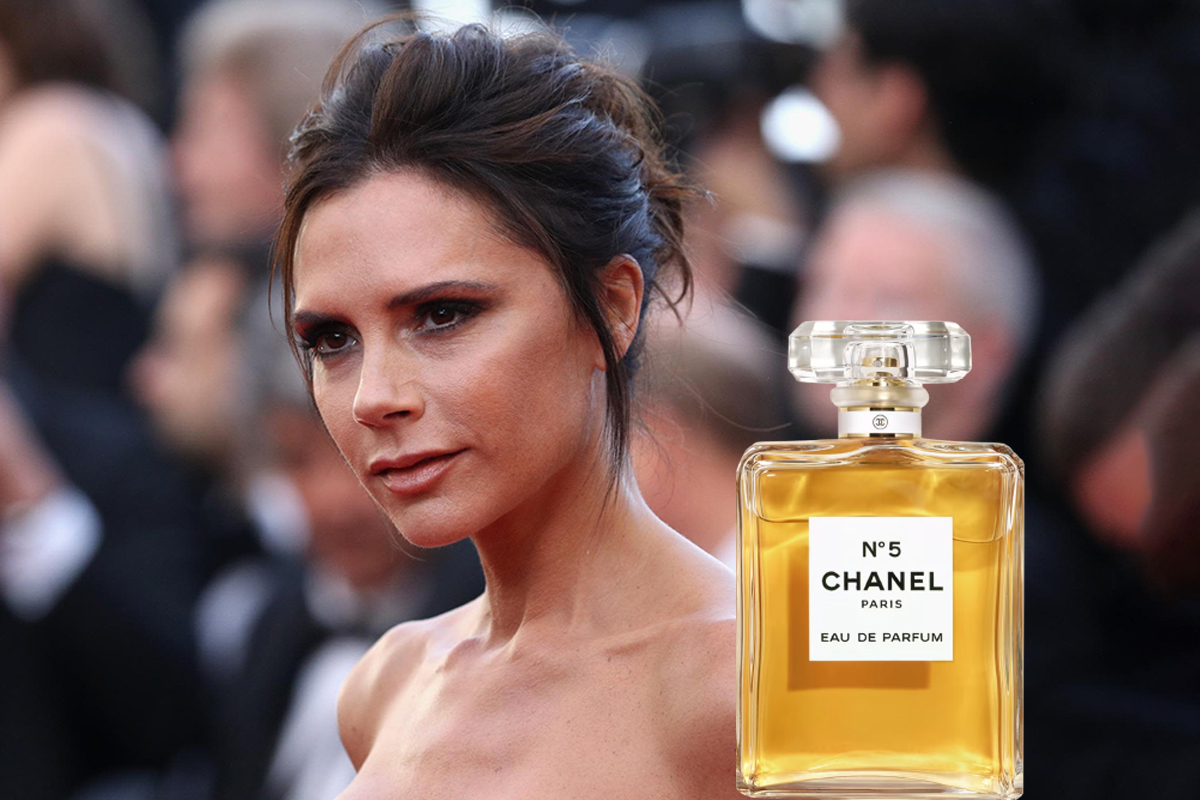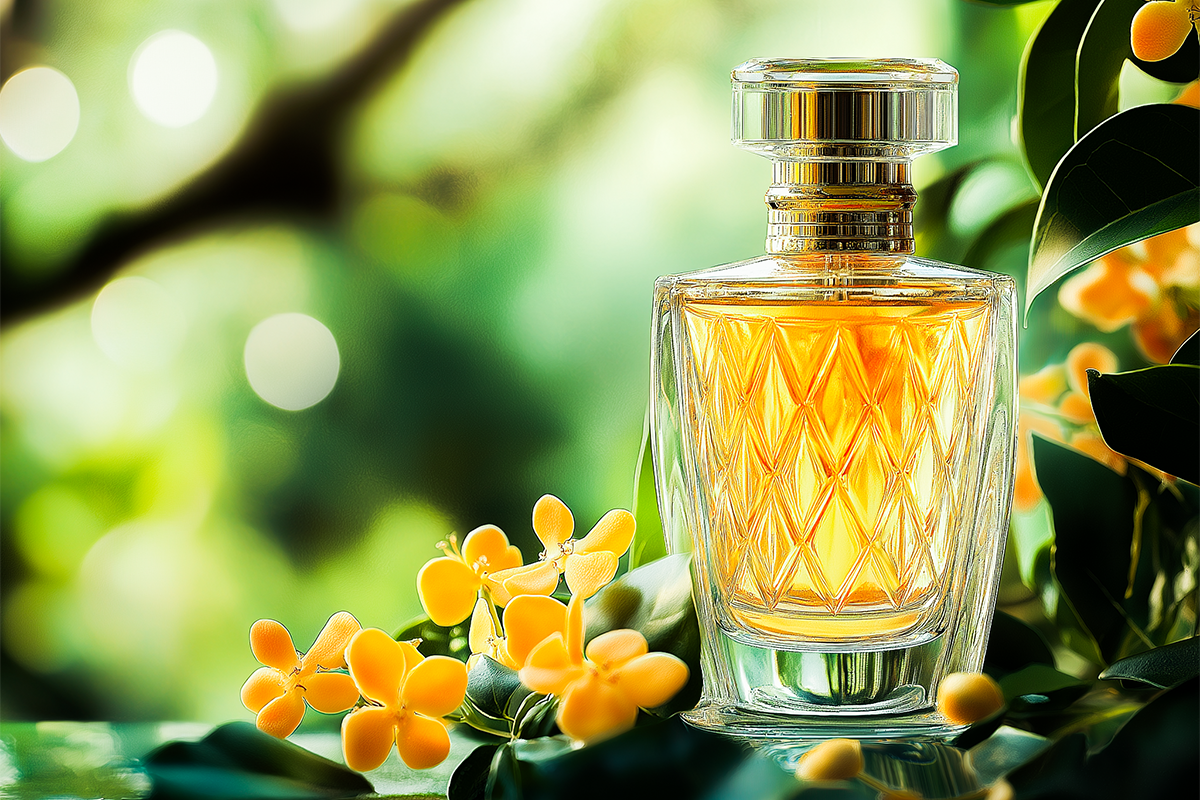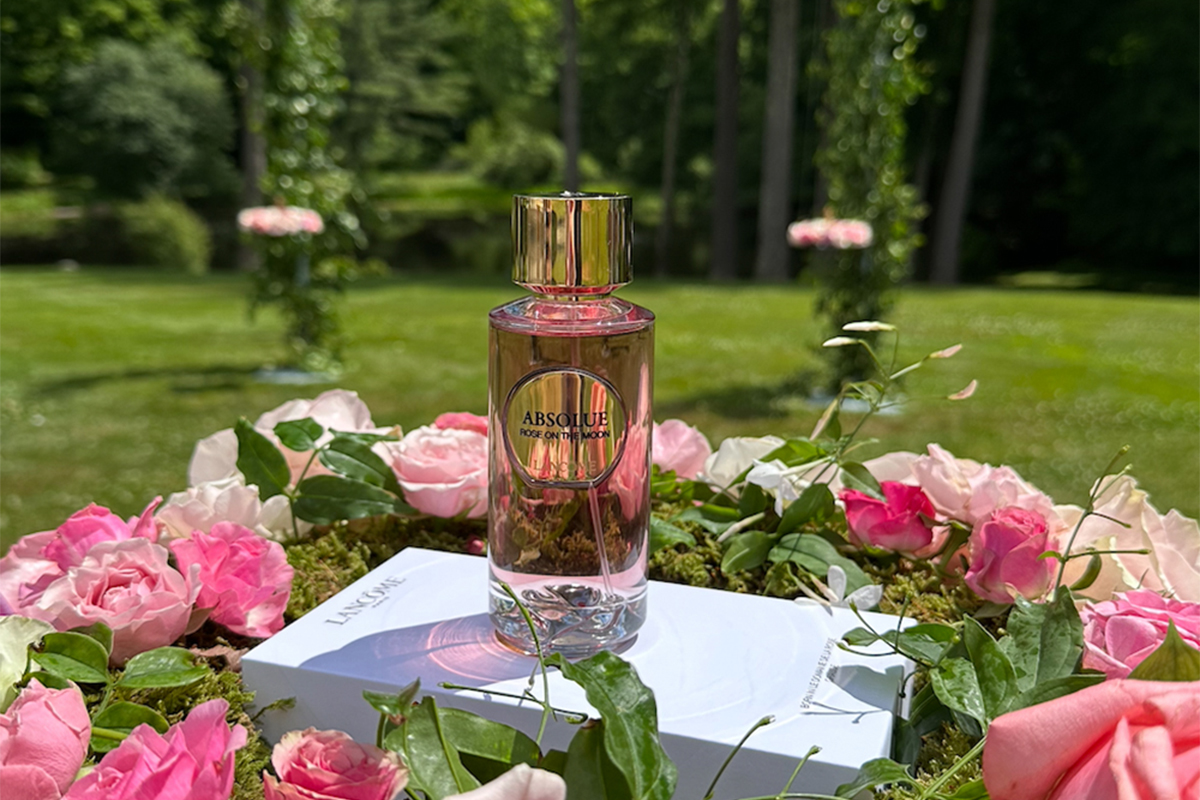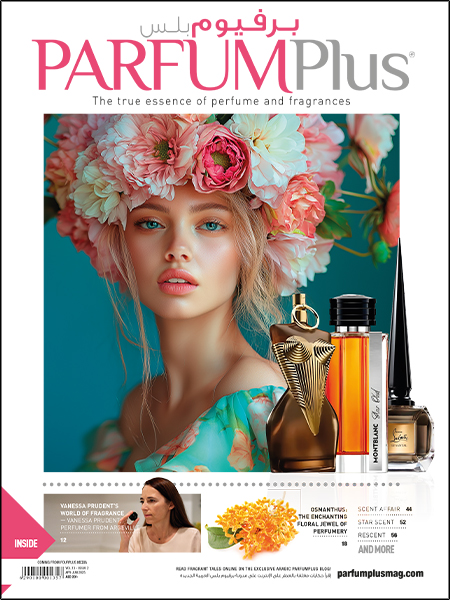Originating as a waste product of a sea mammal, the ambergris when it reaches the shores and into the hands of a perfumer, is worth its weight in gold
Some call it ‘Floating Gold’ while others refer to it as an olfactory gemstone. The Latin word for it is Ambre gris. Worth its weight in gold (more actually), ambergris is a natural product found in the coastal waters of South Africa, India, Japan, Brazil, Australia, New Zealand and yes, the Atlantic Ocean. But, most of the commercially collected ambergris used in perfumery comes from the Bahamas in the Caribbean. Some ancient records also highlight its usage as an aphrodisiac and a cure for pestilence.
To those who have studied ambergris closely, the journey from its origin to its usage in perfumes, can be quite shocking. This precious ingredient that adds a new dimension to the fragrance of a perfume actually originates from the vomit of a sperm whale that is ejected from the stomach or throat when the animal is sick. Initially, the faecal odour of ambergris is quite unappealing but as it gradually ages, it acquires a sweet, earthy scent that when blended with the composition of a perfume, increases its sillage considerably. Over the years, ambergris has evolved as one of the key ingredients used in French and Arabic perfumes.

The Making Of Ambergris
Scientists believe that the sperm whale, often eats up huge sea foods like massively sized squids and is unable to digest the beaks. In the process, it creates a substance that envelops the beaks and pushes it out of the system through the mouth or simply excretes it via the intestine. Hence the term ‘vomit’ is associated to the origin of ambergris. For years this substance ejected from the whale’s system or ‘vomit’ floats in the sea, first losing its initial disturbing smell and then slowly, with photo-degradation and oxidation, it hardens to take a yellow ‘gold’ colour. As the aging happens, it emanates a sweet smell that is a akin to raw alcohol being rubbed on skin. This ambergris gradually makes its way to the nearest shore. Often this precious ingredient is found in broken pieces after its tryst with the rough seas that lasts for many years. Therefore sizes of ambergris at the time of its discovery can differ from 15 grams to 50 kilos!

White, Brown & Black Ambergris
Depending on the time that it has spent in the sea, there are essentially three main categories that the ambergris can be classified into. The first is white/grey ambergris. This is the type of ambergris that has been in the ocean for a longer period of time and there is also some sweetness in its fragrance that makes it even more valuable. The second category of ambergris is called ‘standard’ ambergris and is brown/grey or ash in colour with a strong fragrance. The third is the low-quality ambergris which is black in colour. The harder the ambergris, the better is its quality. Low quality ambergris is usually soft and pliable and not very useful in the perfumery industry.
Though it is not very easy to determine the age of an ambergris, one that has been in the sea for 25-30 years is sufficiently ‘cured’ and can be very useful in the making of a fragrance. If a piece stays in the water for a longer period of time, a thin white layer is formed on the outside of the ambergris. The longer it stays, the thicker this layer will become and so the colour of the material inside becomes lighter which will also lead to it developing a sweeter fragrance. This is also one of the prominent features used to identify ambergris when it is discovered.
Its Use In Perfumes
For perfumers, ambergris has been a ‘fixer’, a fixative used in perfumes that would lend a better sillage to the scent. Fragrance houses like Chanel and Lanvin were the initial perfume houses to have used ambergris in their perfumes. In fact, most perfumers prefer using ambergris because it does not have an overwhelming smell of its own and is still able to add an extraordinary sillage to the overall composition, acting as a fragrance amplifier. Ambergris is a complex fragrance with its smell differing from musky to sweet and sometimes even earthy, depending on the olfactory sense of the individual handling it. But all countries are not able to use ambergris as an ingredient in perfumery. Despite the fact that ambergris is a whale ‘waste’, countries like USA have banned its usage as sperm whale is an endangered species. Even in Australia, the possession as well as trade of ambergris is strictly regulated in accordance to the environmental laws. At the same time, Middle Eastern and European countries like France use ambergris extensively in the making of perfumes.

There are certain top end brands that have pioneered its usage and created impressive fragrances. Some of these perfumes have been successful in capturing the elusive sweet and salty richness of ambergris through a carefully balanced composition. For those who want a whiff of the least adulterated version, try the Ambergris by Abdul Samad Al Qurashi. This is an excellent Middle Eastern perfume for men as well as women and has a huge fan following. Ballena de la Pampa another unisex fragrance, by the Argentinian niche perfume company, is also a popular product in this category. The unique scent has a fragrance developed majorly by combining different types of musky notes on a base of ambergris. Even L’Homme Parfum Intense for men by Yves Saint Laurent uses ambergris in combination with woody as well as spicy notes to create a unique accord that adds more character to the fragrance. In this perfume, like a lot of others, the core purpose of ambergris is to increase the sillage of the perfume.


